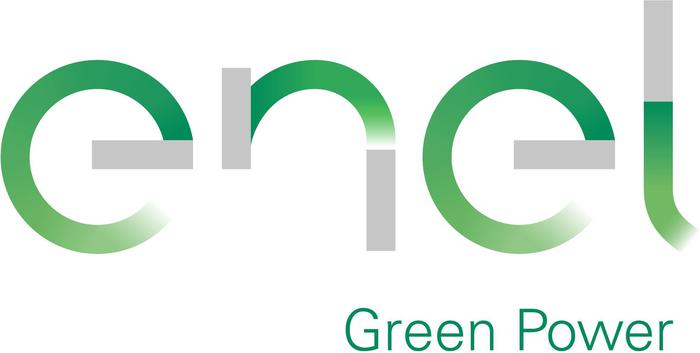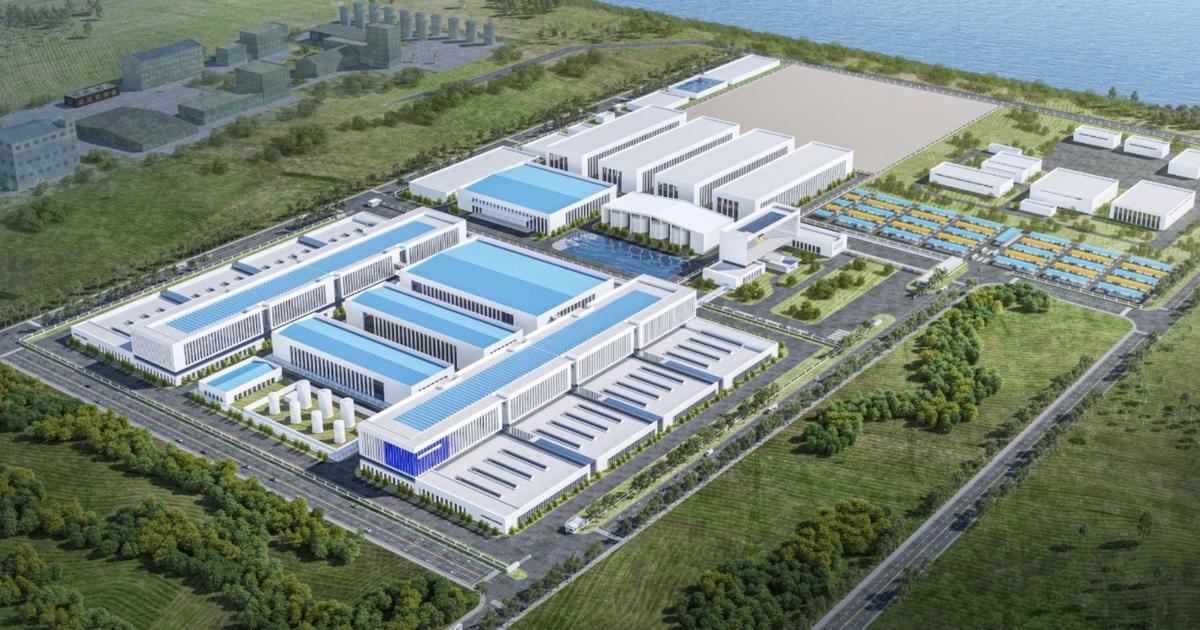Enlarge image
Wind turbines:
what to do with the huge masts and rotors when the operating time is up?
Photo: GEORGES GOBET / AFP
While the new traffic light coalition made up of the SPD, the Greens and the FDP is currently placing high hopes on wind power, the year 2021 marks the first major turning point for the German wind energy industry.
Because at the turn of the year, the subsidy under the Renewable Energy Sources Act (EEG) ended for the first operators.
According to calculations by the consulting firm Deutsche Windguard, around 6,000 wind turbines are now likely to have dropped out of the lucrative EEG funding.
Without this feed-in tariff, many older wind turbines are often no longer in operation.
Although the lifespan of the windmills could be 30 years or more, many systems - regardless of their functionality - will be taken out of service after the 20-year subsidy phase.
According to the Federal Immission Control Act, however, decommissioned wind turbines cannot simply remain in the landscape.
For the operator this means: dismantling.
There are currently around 30,000 wind turbines with an installed capacity of 55 gigawatts on German soil.
Every year thereafter, thousands of them will be phased out.
That means: The dismantling of older systems will increase, and this raises the recycling question: What to do with the huge rotors, masts and old systems?
What happens after the dismantling
The massive demolition of the plant poses an enormous challenge for the wasteland. Firstly, it shows that the costs for dismantling and recycling the components are higher than previously calculated by the operators. This is the result of a study commissioned by the Federal Environment Agency (UBA) in 2019. Second, there is a lack of binding disposal routes and solutions for environmentally friendly recycling of the materials. For example, there is still no uniform regulation as to whether the foundations deeply embedded in the terrain are to be removed completely or only superficially.
Operators who manage disposal by simply having dismantled wind turbines or their parts sold abroad can consider themselves lucky.
However, according to the study by the Federal Environment Agency, experience with the secondary market shows that the resale potential will decrease significantly in the future.
It is becoming increasingly difficult to find buyers for old systems abroad.
During dismantling, a wind turbine is dismantled into its individual parts, cut up or partly blown up.
What is left is shown by the waste prognosis of the study by the Federal Environment Agency: More than 80 percent of the waste mass is concrete from towers and foundations.
More than 3 million tons of it are expected to arise in the current year 2021 alone.
A mass that is 30 times the weight of the Golden Gate Bridge.
Large amounts of old concrete
In addition, there are hundreds of thousands of tons of steel, metallic waste such as copper, aluminum, rare earths, electronic scrap, old batteries, composites and lubricants, used oils and insulating gas, some of which are classified as hazardous waste.
Economically profitable recycling only works with metals.
The large quantities of old concrete could be processed into recycled concrete at great expense.
In practice, most of the demolition concrete is still used as a substructure in road construction.
There are still no economically viable recycling processes in Germany for rare earths from the magnets built into the generators.
There is a lack of economic treatment processes for rotor blades
The recycling of the rotor blades is problematic. These consist mostly of extremely hard glass fiber reinforced plastic (GRP), and some of them also consist of carbon fiber reinforced plastic (CFRP), which, if necessary, release harmful fiber dusts. The problematic composite materials only make up around 1.2 percent of the total waste mass, but 50,000 tons of it are expected to arise in the current year alone. In the next 20 years, however, the scrap heap will grow significantly, by more than 650,000 tons.
The disposal of these composite materials in landfills is prohibited in Germany.
The plastics are also not suitable for purely "thermal recycling" in conventional waste incineration plants, as they damage the filters in the plants and more than half of the material remains as ash.
Take Neocomp as an example: the first start-ups are testing the recycling of rotor blades
With the growing amount of waste, the first research projects and start-ups are trying to grind rotor blades and shape them into new building materials for floors, furniture or roof elements.
However, such concepts have so far been too complex and expensive for recycling on a large scale.
When it comes to recycling the rotor blades, there is currently a lot of hope in a company from Bremen. The disposal service provider Neocomp has specialized in the difficult size reduction and processing of GRP into granules, which can be burned as substitute fuel in cement factories and the residues used in new cement mass. According to its own information, the company can process up to 80,000 tons of GRP annually, the process promises "100 percent recovery in cement kilns and clinker".
However, as long as incineration is part of waste management, there can be no talk of a circular economy as the EU is striving for.
The Green MP
Bettina Hoffmann
sees room for improvement
in the clean air technology of the cement works.
"In order for us to take the step towards a real circular economy with rotor blades, we must focus on recycling-friendly design in the future," demands Hoffmann.
According to Neocomp managing director
Frank Kroll
, a decade will pass
before such a circular economy is achieved
.
In the meantime, he considers his method to be the "best solution for the large quantities on the market".
Sustainability requirement for the systems: Manufacturers have to improve
The plant builders also know that they have to meet the sustainability requirements of the wind turbines when designing the plants. For example, new materials are intended to improve the recyclability of the systems. Several wind turbine manufacturers have already announced sustainability concepts. The Danish wind turbine manufacturer Vestas and the Spanish Siemens Gamesa are determined: by 2040 they want to build "waste-free" wind turbines in which the rotor blades can be completely separated into recyclable fibers and epoxides at the end of their life.
In June, the industry association Wind Europe announced that the European wind industry is committed to "reusing, recycling or reprocessing 100 percent of the decommissioned rotor blades".
A concrete timetable for this is still pending.
Until then, there will be declarations of intent from the wind industry - declarations of intent that the new traffic light coalition should keep a close eye on in order to meet its demand for more sustainability.
with material from dpa-afx








